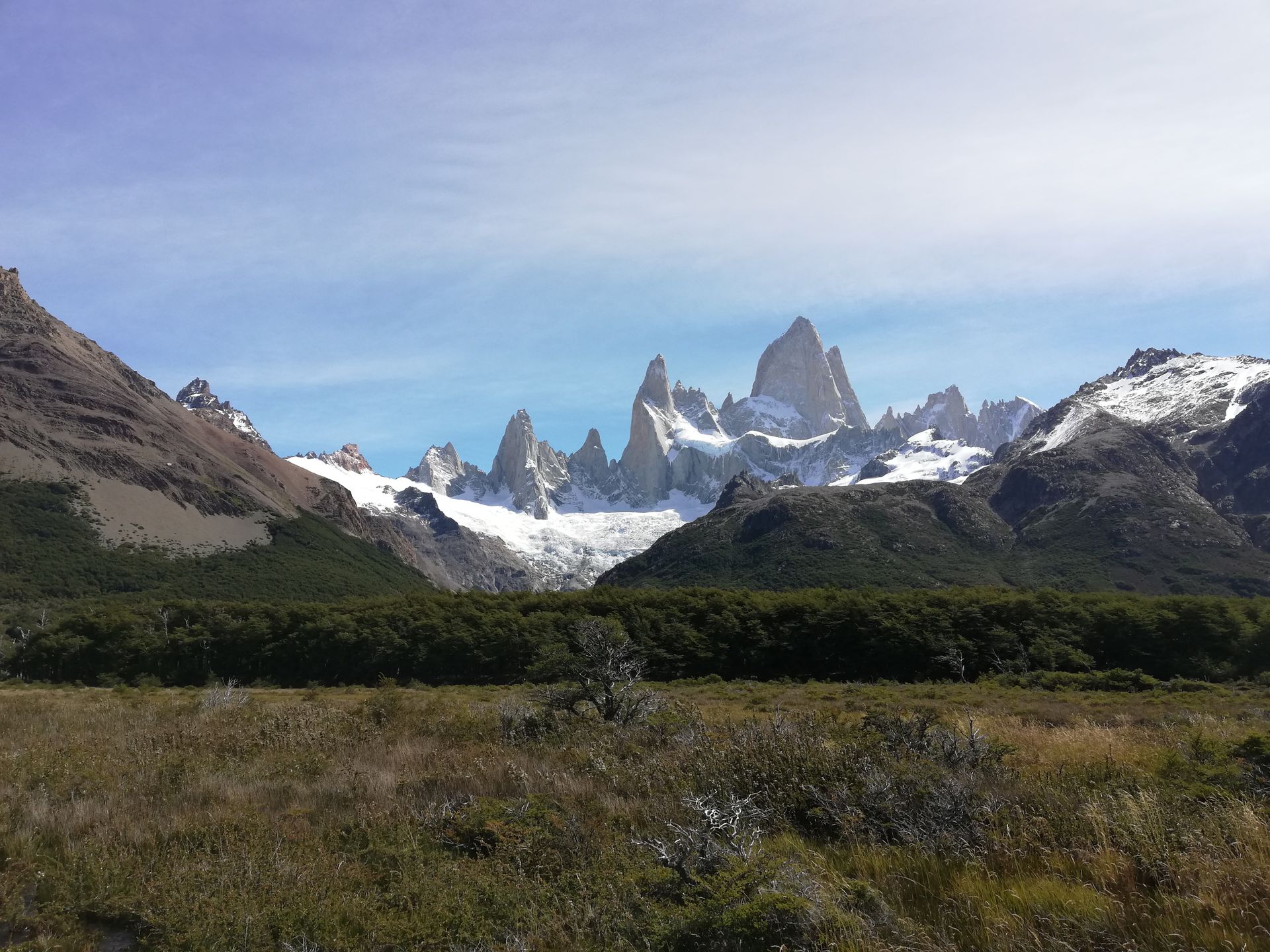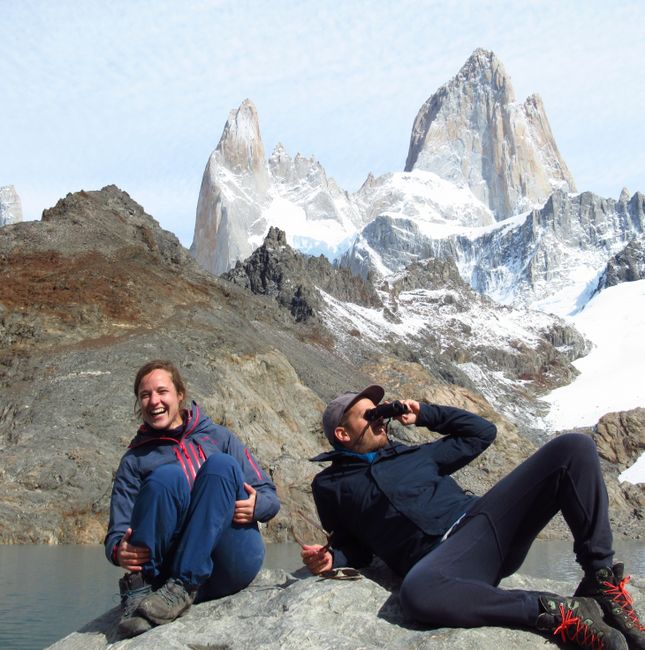F: Chiloé
Publicerad: 13.02.2020
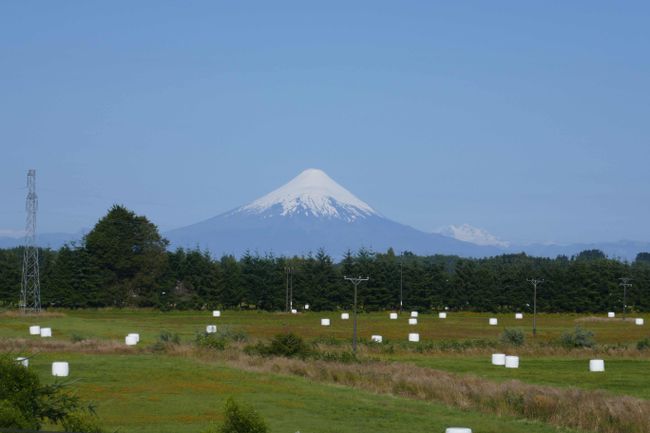
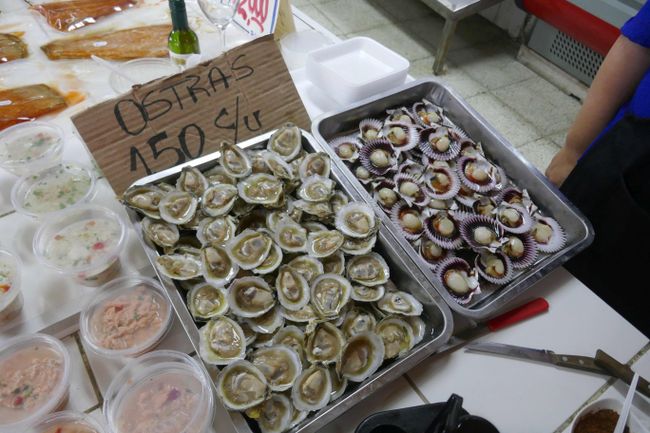
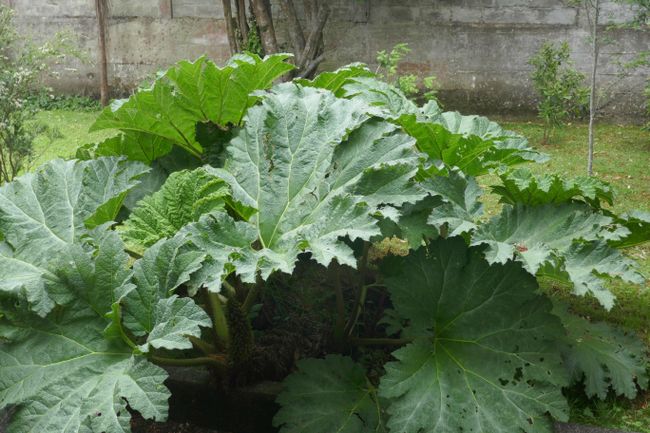
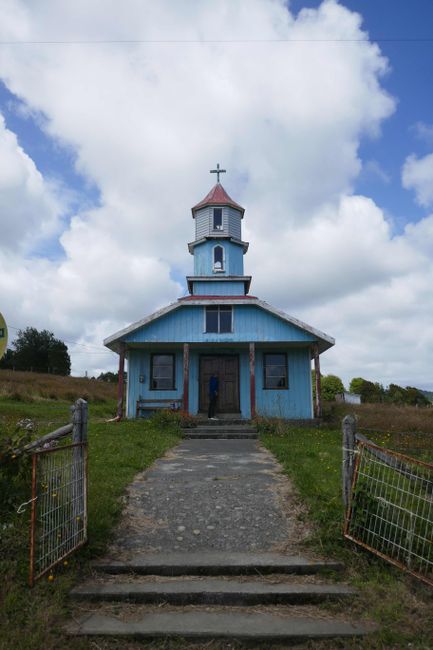
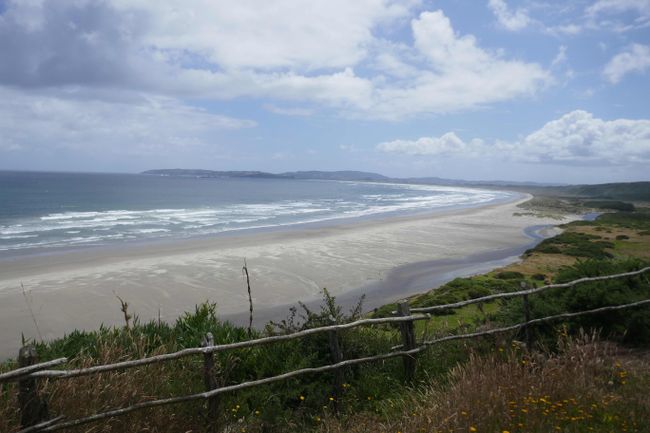
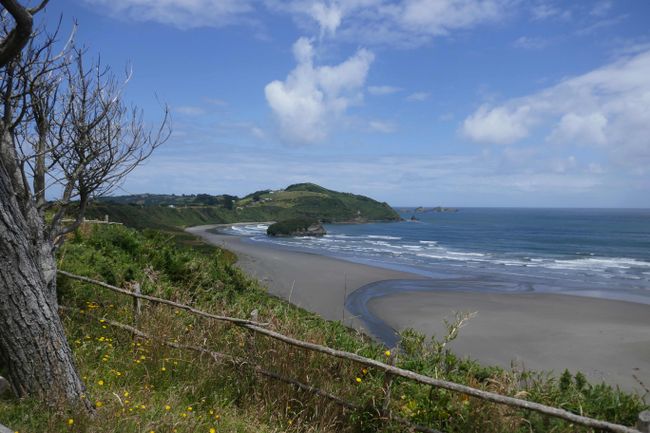
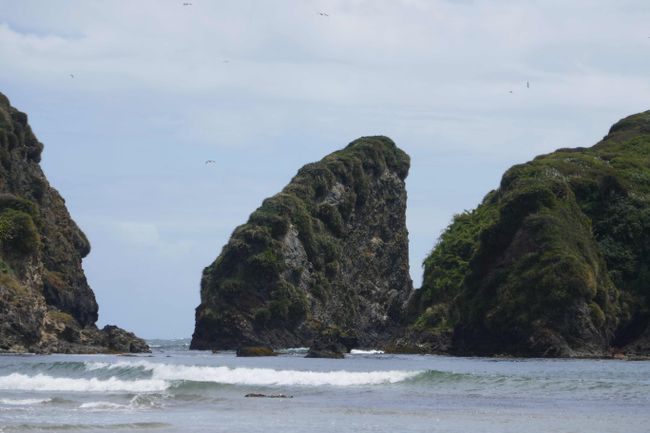
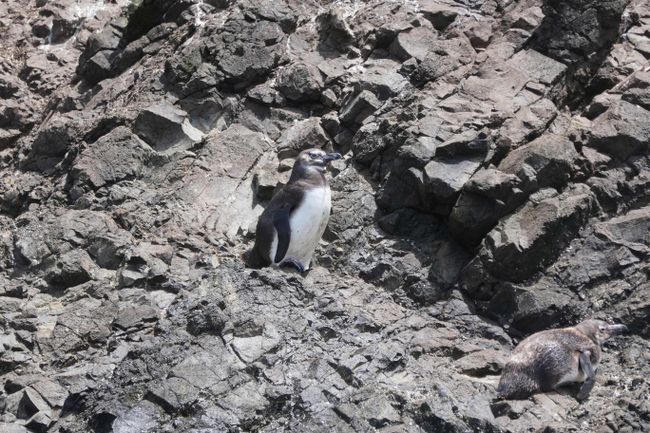
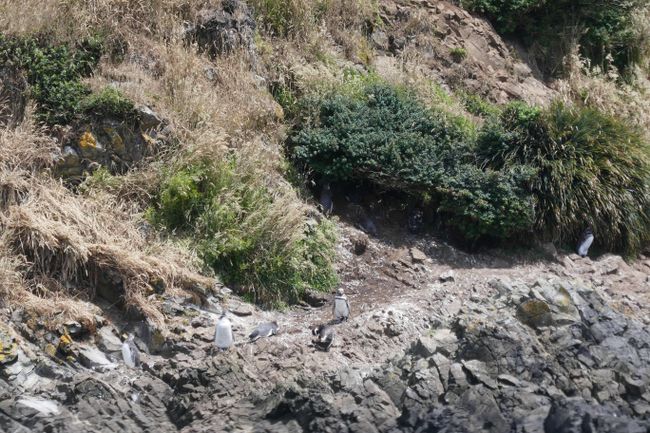
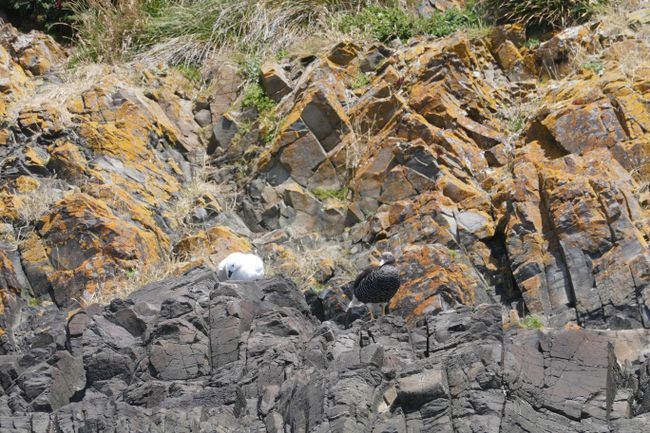
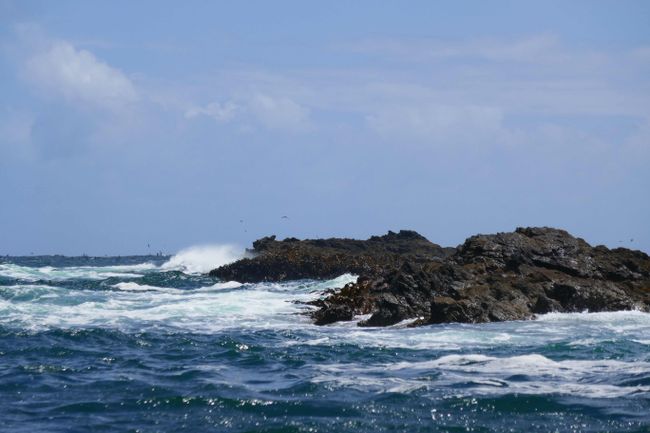
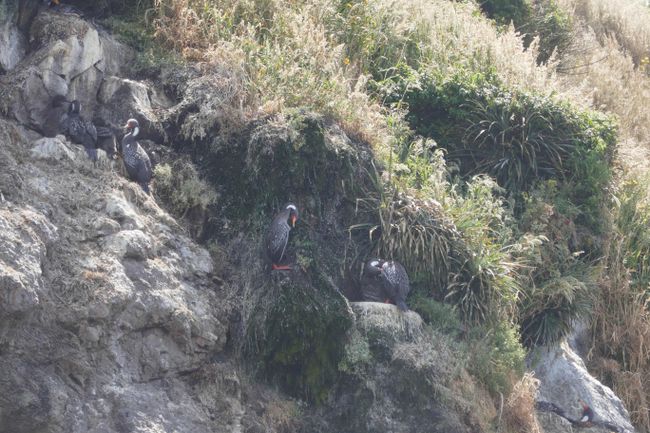

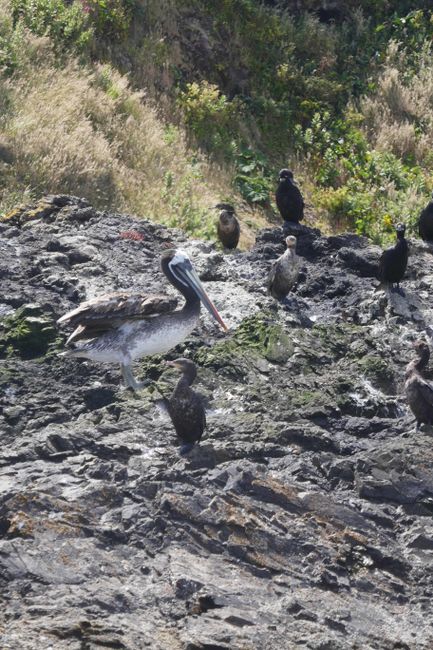
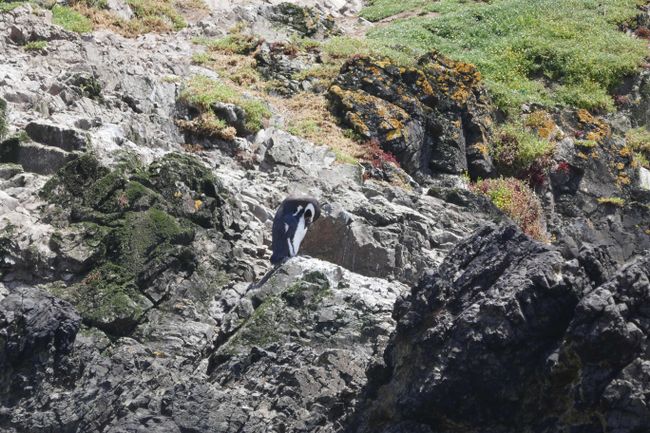
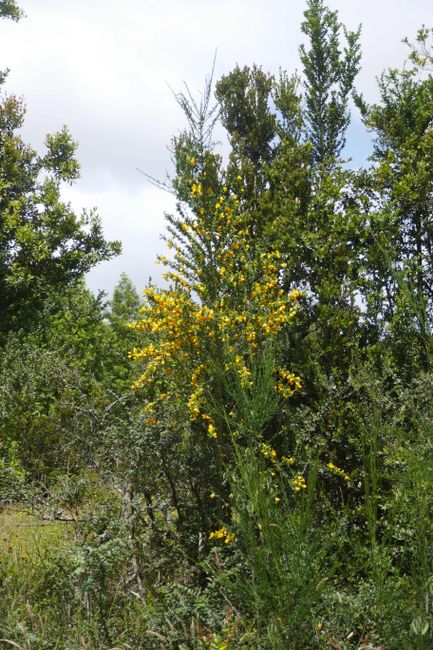
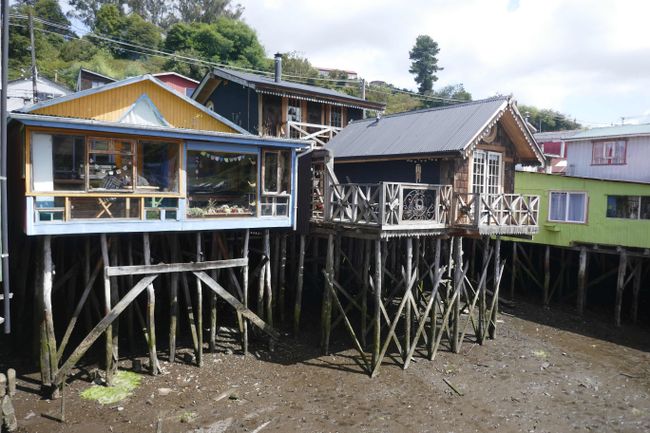
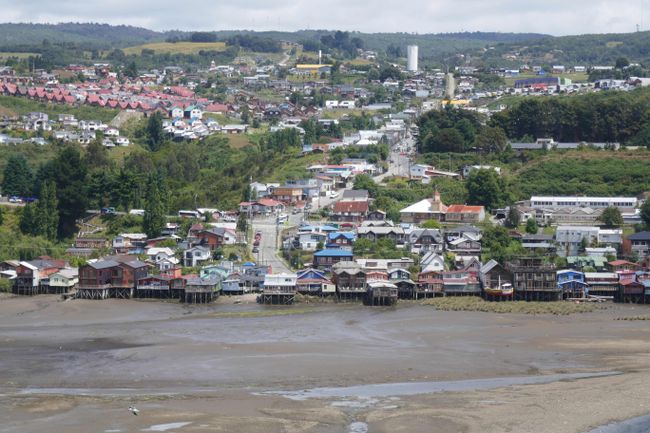
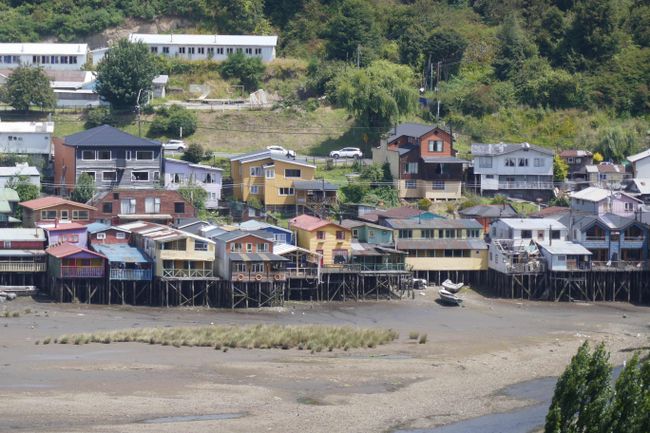
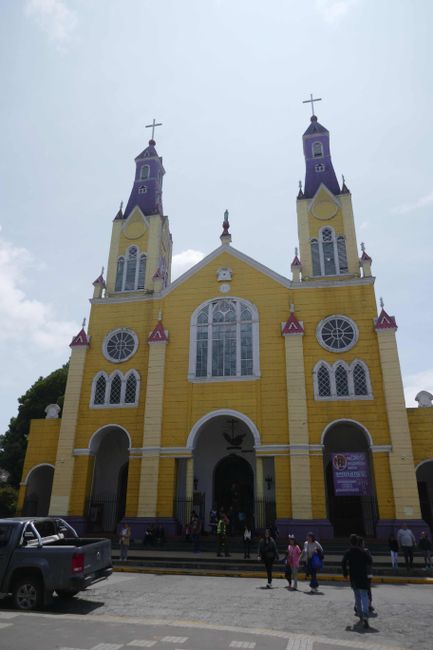
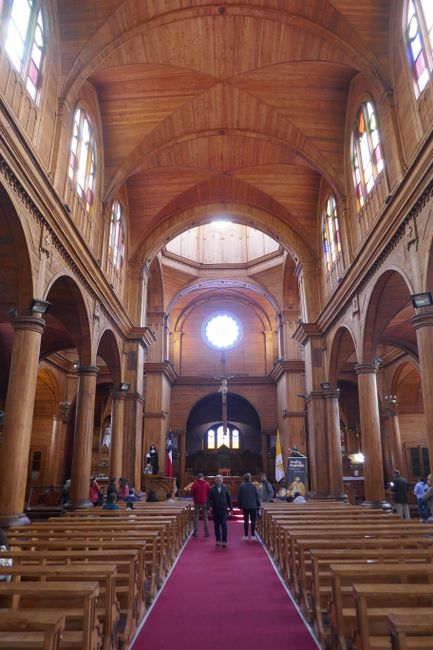

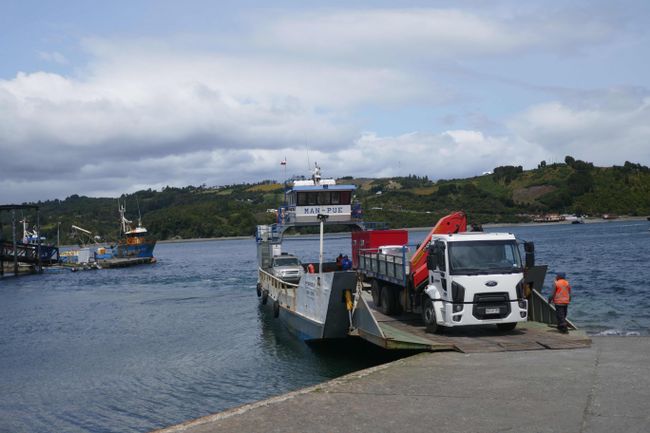
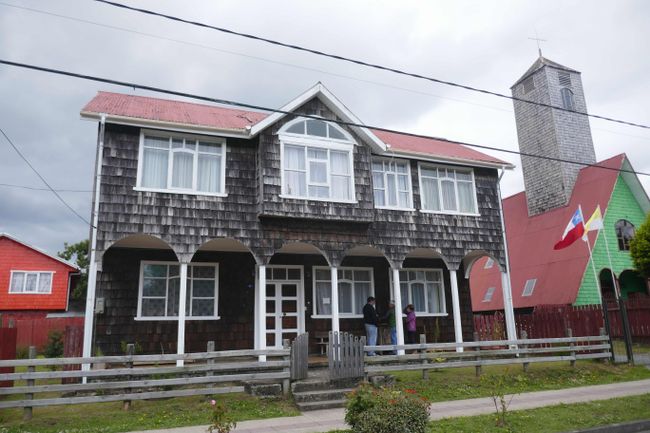
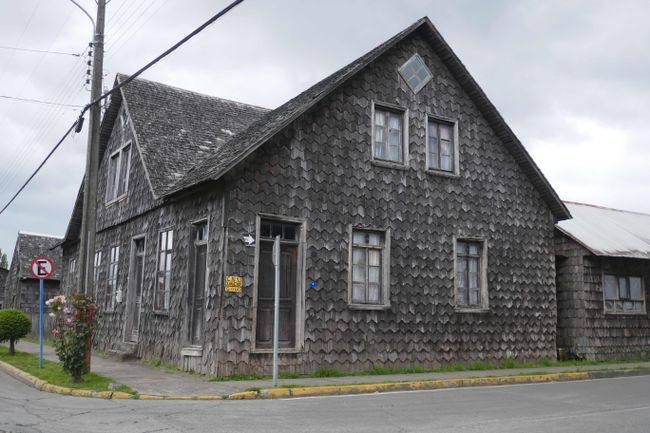
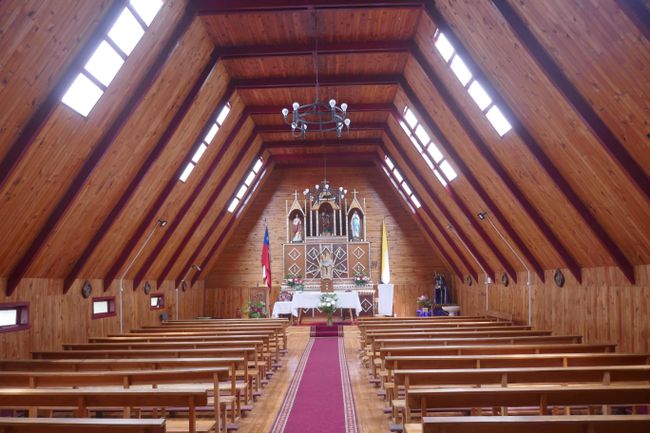
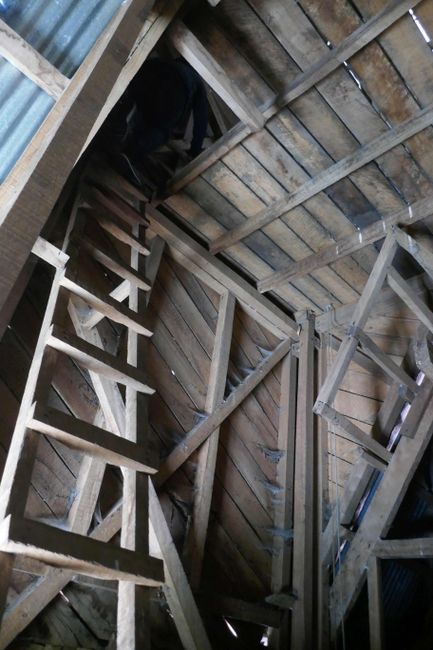
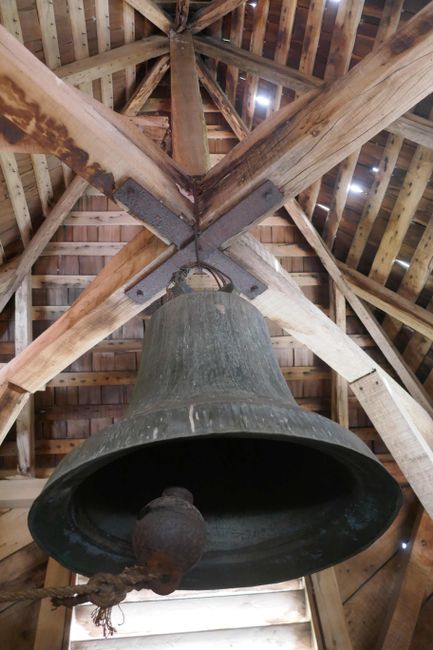
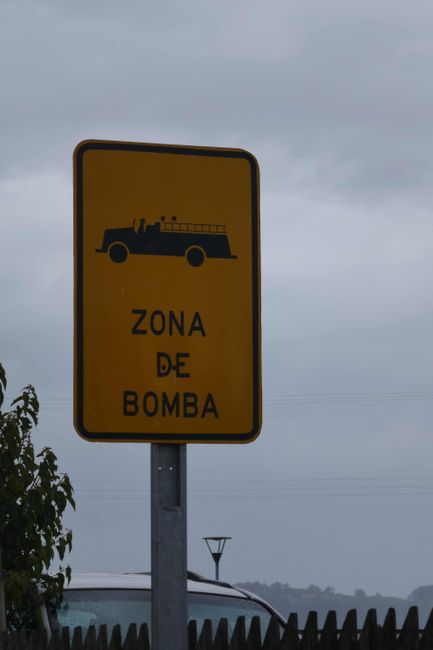
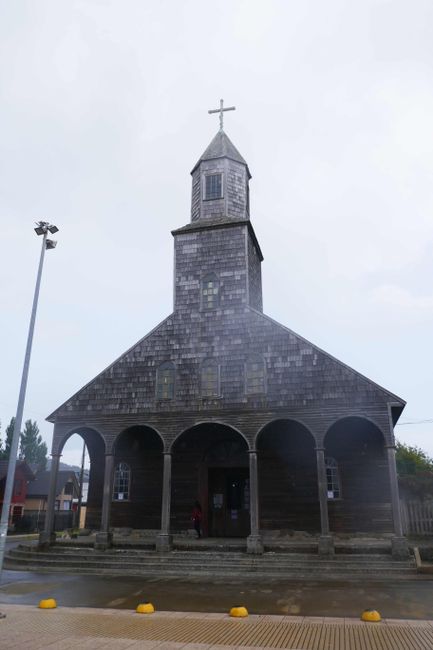
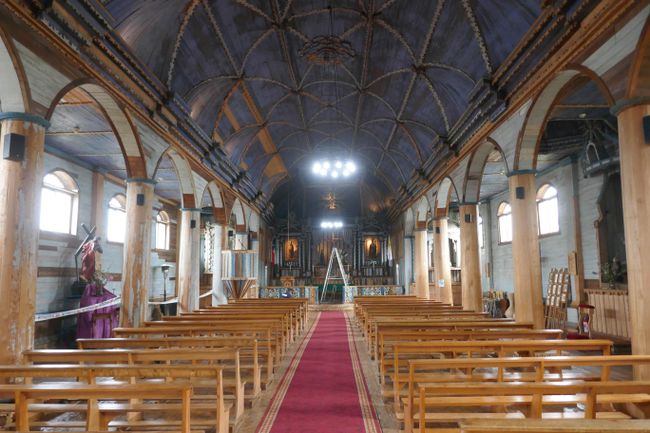
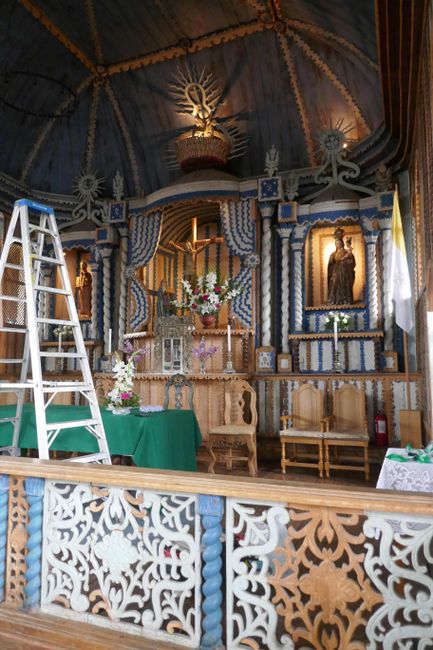
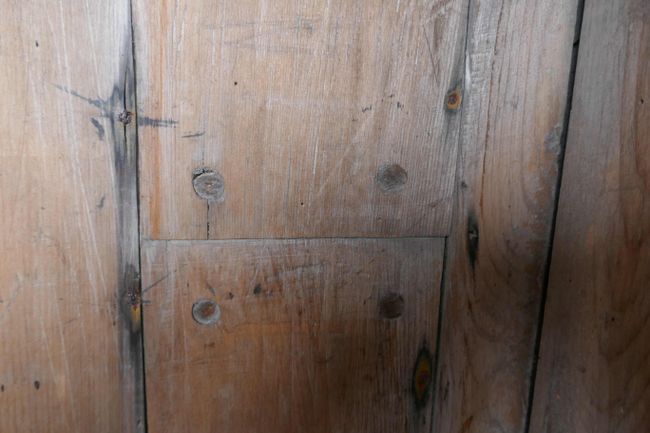
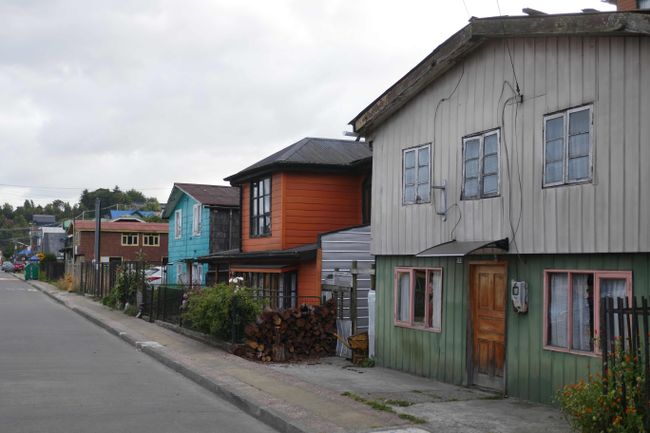
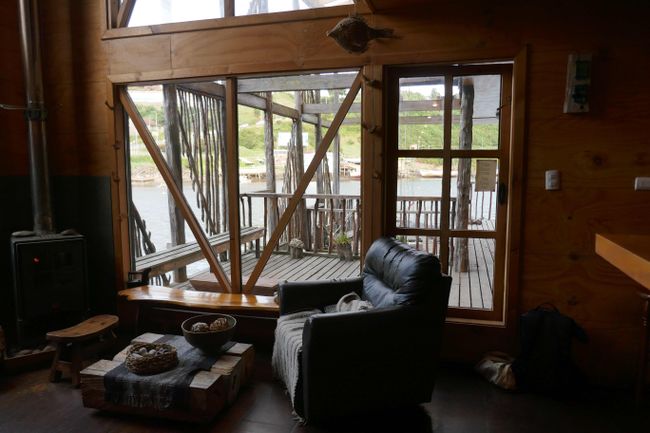
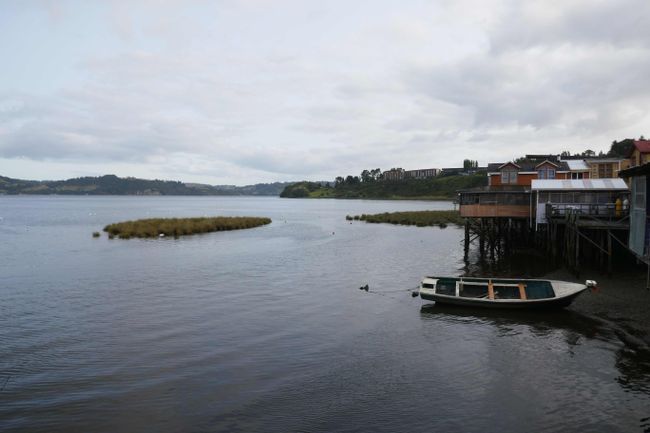
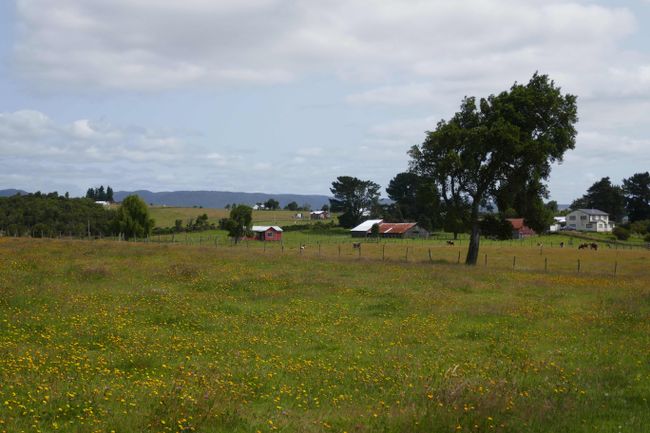
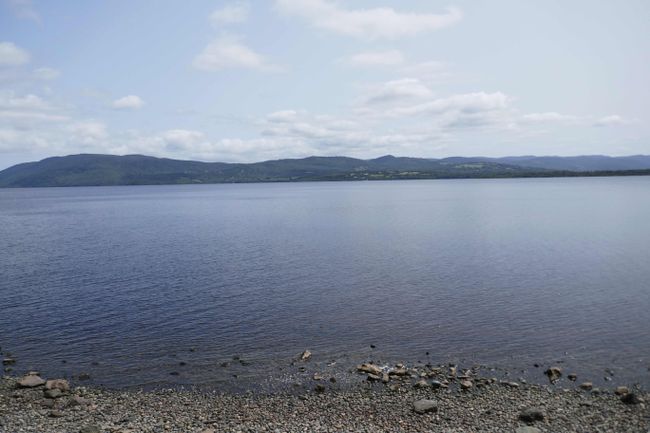
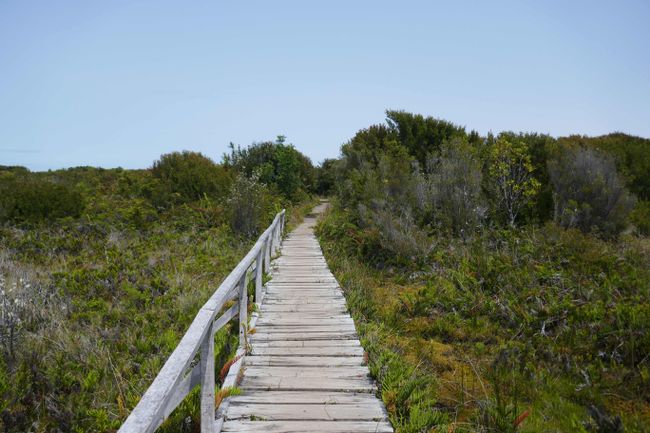
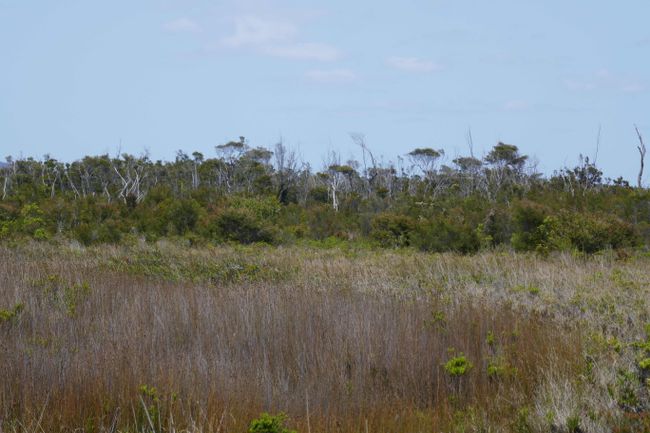
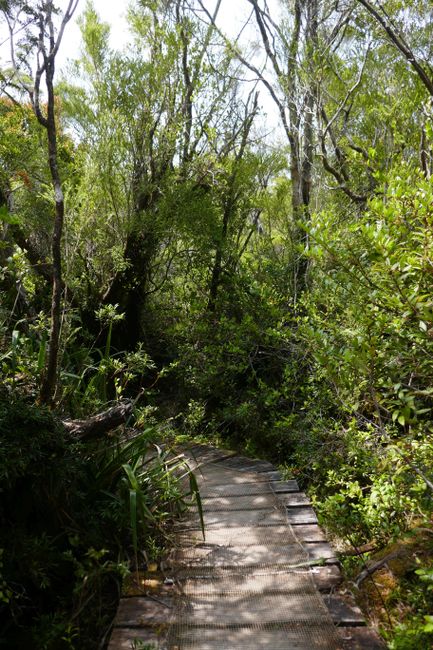
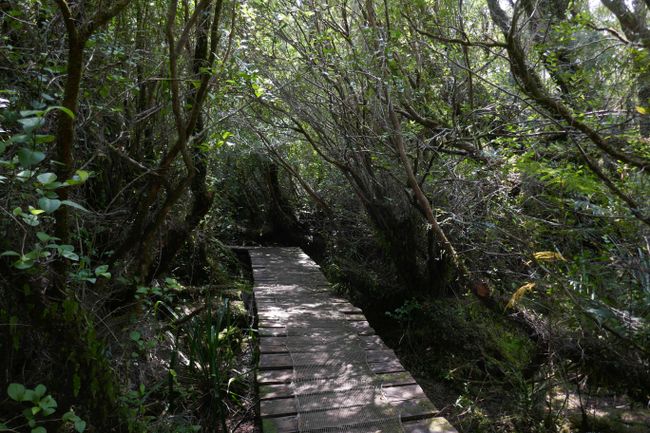
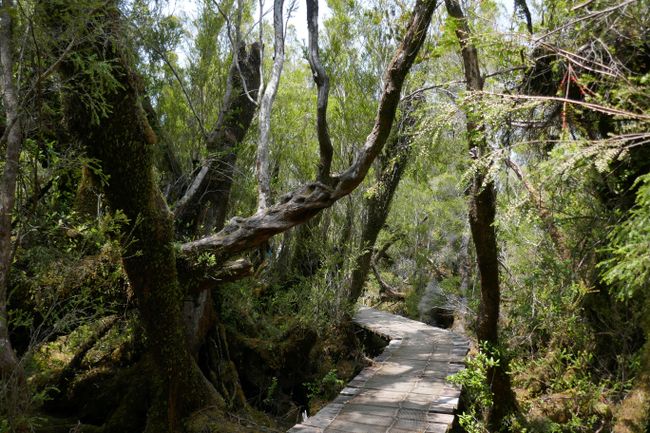
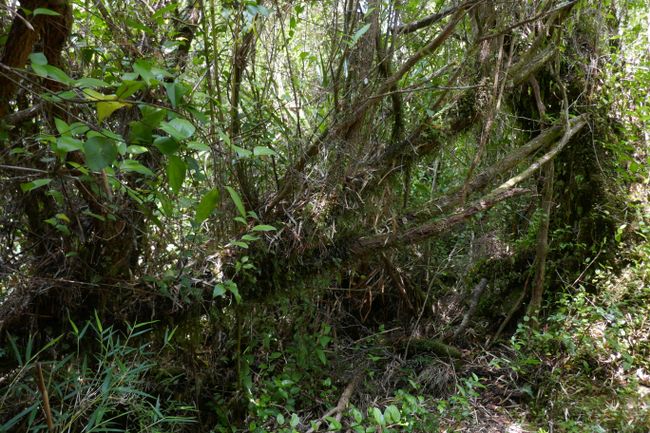
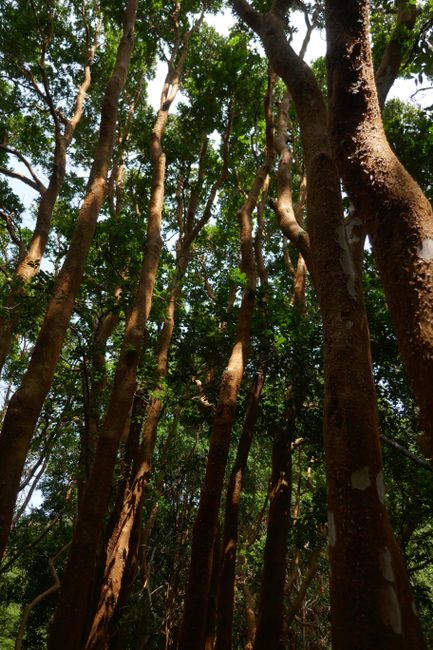
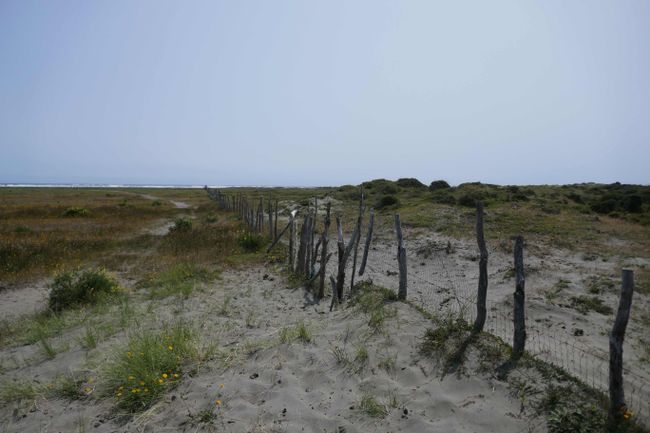
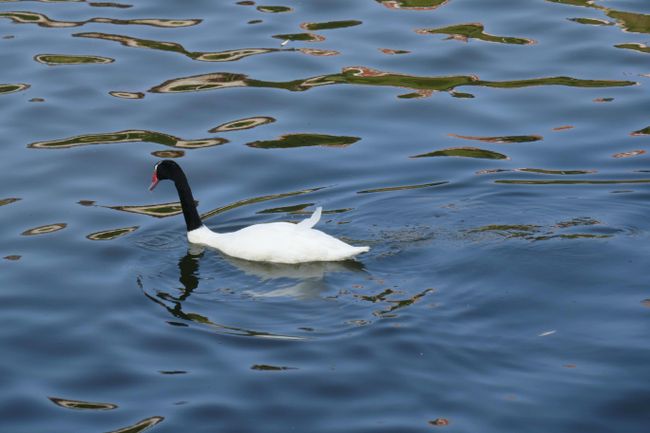

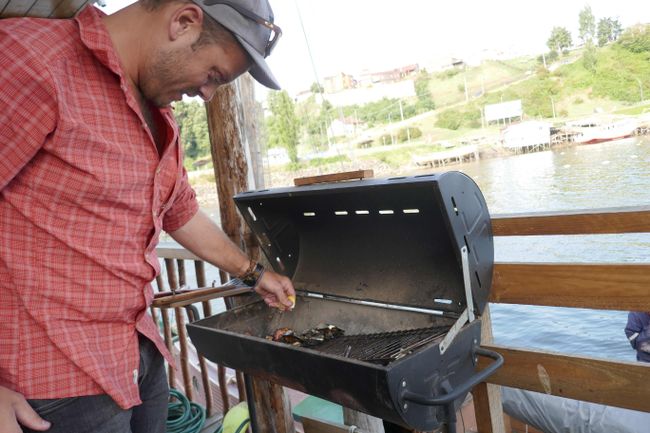

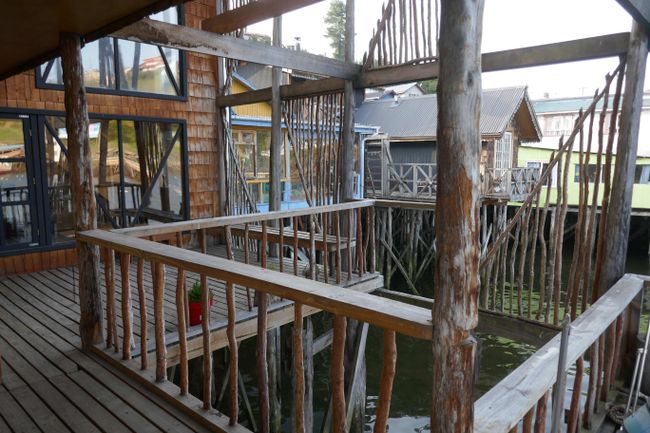
Prenumerera på nyhetsbrev
Eieiei, we haven't reported for a long time where we are and where we're going. Since we (especially me) would like to have the blog as a travel documentation for later, I'll try to catch up again.
After Pucon, we spontaneously went to the coast and visited Valdivia. Once again, a small town was a nice change, especially since Valdivia is still quite beautiful. We even visited a museum; about indigenous people on the one hand and immigrants on the other. In this region, immigration was strongly promoted around 1900, especially from Germany, and you can see that very clearly. Many old houses reflect their European background, and the names of stores, brands, businesses, and streets as well. A very well-known beer in the region is the Kunstmann beer, whose slogan is still "The good beer" today. The handicrafts made of wood also look a lot like they come straight from the Black Forest. Besides beer, Simon enjoyed the seafood, and Fabienne enjoyed the real fruits.
Until the departure of the ferry in Puerto Montt (see below), we still had almost a week left, and we decided to spend these days on Chiloé Island. This place was recommended to us several times by Chileans. Moreover, we were also quite happy to make some progress again. So we zoomed off to Paragua, from where the ferry crosses to Chiloé. Once again, this place reflected a typical rural Chilean town that does not benefit (as much) from the centralized economy or tourism, like other showcase places. The houses are mostly run-down, there is only one grocery store with canned food, two closed restaurants, a hot dog stand at the pier. There, the villagers collect seaweed, which they spread out to dry and then stuff into large sacks that they can sell. Apparently, a thickening agent can be made from the seaweed. (We didn't quite understand Chileans in general, but rural ones, especially, are very difficult for us to understand).
Chiloé was of course inhabited before its "discovery". The first explorers apparently were shocked by the rough weather and were initially not interested in the island. The locals had a very rich mythology that partly survived intense Catholicism (!!). In the early 17th century, the Jesuits arrived and built one church after another. Almost all of them are made of wood, many with shingles (the Jesuits mainly came from Germany) or covered with sheet metal and very colorful. Today, there are still 150 of these churches, 16 of which are part of the UNESCO World Heritage. The Iglesia Santa Maria in Achao was built without a single iron nail, the whole building holds together only with joints and wooden pegs.
The island felt remarkably relaxed to us, a sleepy little spot on earth, whose inhabitants seem to remain undisturbed by anything. The landscape mostly looked the same to our eyes as on the mainland, but it may be different for botanists. The rainforest on the west coast seems to be unique and there are various species that originated on the island. Among them, the Chiloé garlic, which is as big as a hearty apple, a toe like a walnut. However, the taste is not very intense, you could just bite into it.
On the northern west coast near Puñihuil, a colony of Magellanic penguins has settled on offshore islands, which we could observe from a boat. Actually, I haven't been very interested in the animals so far, haven't really thought about whether I like them. But they are so adorable, waddling over the stones and snuggling up to each other or lounging on a warm stone in the sun.
Originally, we wanted to stay somewhere near Rio Chepu because it's a nice place for kayaking. But we couldn't find any accommodation (that would let us in) nor did we see a canoe or a canoe rental anywhere. Disappointed, we drove to Castro, the main town and at the same time a good starting point for further trips on the island. There, we found a super cozy hotel in a palafito, the typical stilt houses. These houses were built by poor fishermen on the slopes towards the riverbank, so that they were accessible from the street like a normal house, but on the river side - standing on stilts - they could be passed with a small boat during high tide. Today, they are no longer needed for that purpose, but simply a beautiful place to stay, almost on the water.
One day, Simon was in the mood for seafood and grilling, so I drove alone to the protected rainforest on the west side of the island. Simon preferred to relax and take care of a barbecue. The drive there was already very beautiful. Again, as in Araucania, you feel as if these peaceful meadow and forest landscapes are simply endless. On the way to the park, I picked up two hitchhikers, which seems to be a common mode of transportation here in southern Chile.
Sand dunes and shrub and bush forests were just a foretaste. Then a prepared wooden walkway (because otherwise it wouldn't be possible) led through thickets that I last saw in the Manu rainforest in Peru. The forest was certainly not as tall as the rainforest, but so dense and overgrown!
Of course, I would have loved to see a Pudu, the smallest deer species in the world, as big as a hare. But understandably, they hide well.
Another nice experience was the visit to the little church of Curaco de Velez, where the door to the attic and bell tower was open. No guard, cashier or anyone else could be found, so we climbed up to the top of the church tower and could have just rung the bell. As I said, a peaceful people who cannot be disturbed :-)
After four days, we drove back to the mainland, to Puerto Montt.
Prenumerera på nyhetsbrev
Svar
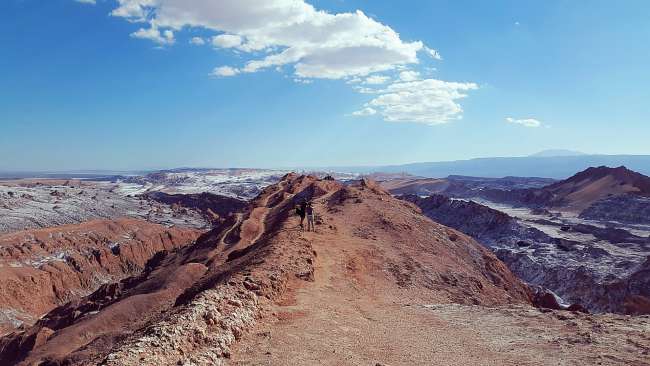
Reserapporter Chile
